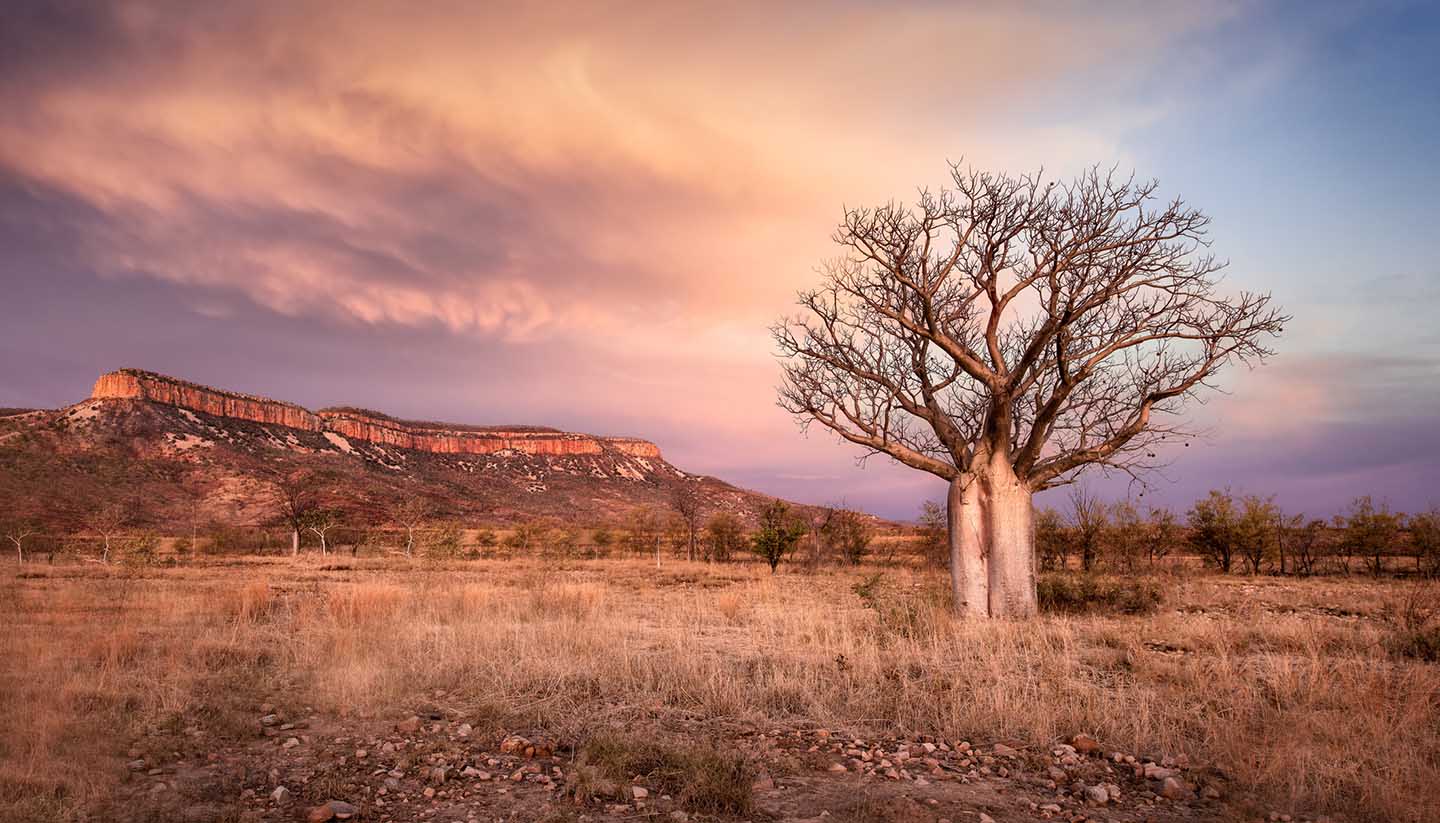Western Australia Weather, climate and geography
Weather and climate
Best time to visit
Hot summers (December to February), mild winters (June to August). North is tropical. South is subtropical to temperate. Rainfall varies from area to area.
Required clothing
Lightweight cottons and linens in summer, warmer mediumweights in winter. Waterproofing is advisable in the wet season in the tropical north.
Geography
Western Australia is larger than Western Europe. It has a relatively small population but is growing at its fastest rate in history. Demographers expect the population of Perth to jump to 2.1 million by 2021. It is bordered on the east by South Australia and the Northern Territory and in the west by the Indian Ocean, with the Timor Sea to the north. The west coast is nearer to Bali and Indonesia than to Sydney, making Perth a viable stopover destination en route to the rest of Australia.
There are vast wheatlands, forests and deserts, and several national parks. Kimberley, in the far north, is one of the oldest geological areas on earth; time and weather have formed deep gorges and impressive mountains, arid red plains and coastal sandstone rich in fossils. In the northwest, Wolf Creek Crater, is an immense hole left in the desert by a giant meteorite 50,000 years ago, while Bungle Bungles is an ancient sandstone massif covering 3,000 sq km (1,160 sq miles). Southeast of Perth, near Hyden, is the 2,700-million-year-old Wave Rock.


